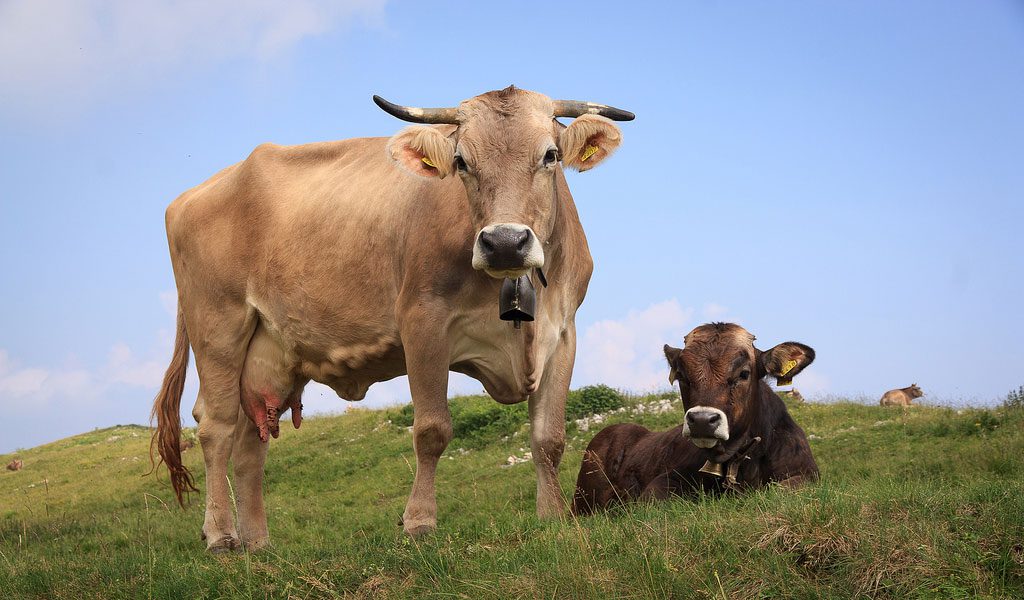The mystifying history of cattle domestication remains shrouded in a miasma of uncertainty, with some sources suggesting an epoch as far back as 10,000 years ago and others proposing a more recent time frame. Regardless of the precise timeline, it is widely acknowledged that cattle were domesticated after sheep, goats, pigs, and other livestock.
The modern domestic cattle species evolved from a singular progenitor, the aurochs, a magnificent bovine that has left its mark on history through the ancient art and archaeology that attest to its existence. The last surviving aurochs were reportedly hunted and killed in 1627 in a hunting reserve near Warsaw, Poland.
In the bygone days, cattle served a trifold purpose, providing their owners with meat, milk, and labor. With the advent of horses and later machines, cattle were eventually relegated to single or in some cases, dual purposes. Today, the OSU Beef Extension website offers an abundance of information and resources for cattle producers and breeders, as well as information about the different cattle types.
 |
| A majestic black and white Holstein dairy cow standing in a lush green meadow with the sun shining down on her. She has a gentle expression on her face as she grazes on the fresh grass. |
DAIRY COWS
According to USDA data from 2021, 9.45 million dairy cows in the United States are dedicated to the production of dairy products, a staggering number that reflects the extensive exploitation of these animals. Despite their natural tendency to live in groups and roam and graze, most dairy cows are now confined to barren environments, such as monoculture factory farms or "freestall" barns.
In contrast, cows in traditional pastoral systems could live up to 25 years, but in today's artificial husbandry systems, many dairy cows suffer from lameness and other painful conditions due to poor welfare practices.
VEAL CALVES
For a dairy cow to produce milk, she must give birth to a calf. While female calves are often kept with the herd for milk production, male calves are typically separated for use in the veal or beef industries. After a dairy cow gives birth, the calf is taken away from the mother. In the case of male calves used for veal, they were traditionally confined to small, solitary stalls for 16 to 18 weeks until they were slaughtered. In 2017, the veal industry voluntarily phased out the use of "veal crates," but some producers may still confine their animals in this manner.
The approximately 300,000 calves slaughtered for veal in the United States each year have limited physical and social interaction, even compared to calves raised for beef. Unlike beef cattle, most veal calves are housed indoors and are fed a limited liquid diet designed to keep them anemic and weak to produce tender, pale meat. Given that veal calves are taken from their mothers at a very young age and subjected to early slaughter, some animal welfare organizations do not endorse any veal production.
BEEF CATTLE
According to the USDA, nearly 34 million cattle were raised for meat in the United States in 2021.
Cattle raised for meat are typically pasture-raised for the first six to seven months of their lives, a period that allows them to walk, socialize, and eat food that is most digestible for their species. This relatively better start in life sets them apart from other livestock, such as pigs and dairy cows.


0 Comments